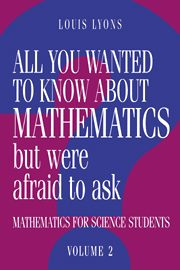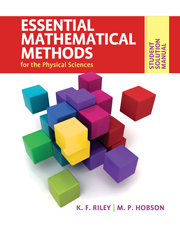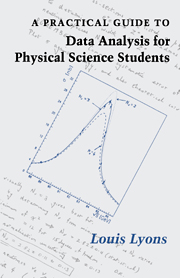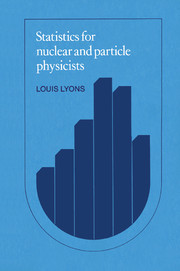All You Wanted to Know about Mathematics but Were Afraid to Ask
Why is the square root of minus one relevant to electrical circuits? Can geometry be used to solve problems in the physical sciences? How could you help a being on a distant planet distinguish left and right? With a clear understanding of mathematics, these questions can be solved. But in many textbooks, mathematical proofs and techniques cloud the issue of understanding the physical principles. This book shows why particular techniques are useful by providing clear and full explanations. The aim is to convey a deeper appreciation of mathematical methods that are applicable to physics and engineering. A wide range of real physical problems are discussed. The author has thirty years experience of teaching mathematics to undergraduates. This book is based on the explanations he has found to be most successful in teaching.
- Emphasis on why particular methods are successful, with applications to real situations
- Tested in class and teaching situations
- Makes students see maths are a valuable tool by cutting through the fog of theorems and dry analysis
Product details
October 1995Paperback
9780521436007
344 pages
229 × 152 × 20 mm
0.51kg
65 b/w illus. 1 table
Available
Table of Contents
- Preface
- 1. Simultaneous equations
- 2. Three-dimensional geometry
- 3. Vectors
- 4. Complex numbers
- 5. Differential equations
- 6. Partial derivatives
- 7. Taylor series
- 8. Lagrange multipliers
- Appendix 1. Basic techniques
- Appendix 2. Useful formulae.








